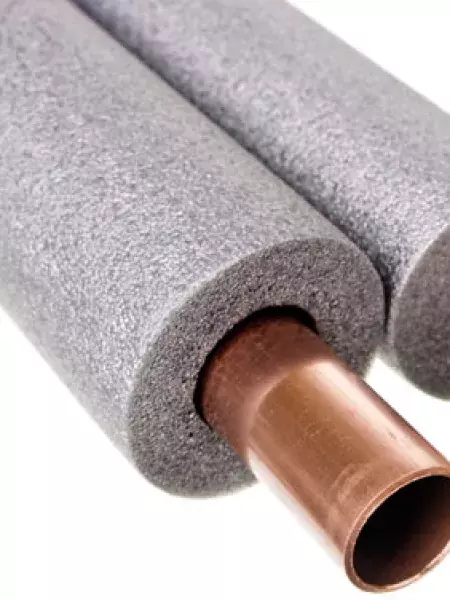
Winters can be harsh on household plumbing, so don’t forget to protect the water meter and pipes from freezing temperatures. Those located on outside walls, in basements or in crawl spaces are particularly vulnerable to the cold. They can easily freeze and break during cold spells and lead to costly repairs.
Start Outdoors
- Disconnect and drain the garden hose connection. This will help prevent outside faucets and pipes from freezing, leaking or breaking
- Close outside vents, crawl spaces and doors so cold air doesn’t seep inside
- Repair broken windows and seal cracks in walls
- Check and repair lids on outside meter pits
Insulate, Insulate, Insulate
- Wrap water lines and meters in commercial insulation
- Wrap pipes subject to cold or freezing in heat tape (which must be kept plugged in all winter), available from hardware stores
Check The Heat
More Tips for Freezing Weather
Thawing Frozen Pipes
Partial water service indicates that a pipe is frozen somewhere in the house. A complete lack of water service can be the result of a frozen water meter or a frozen pipe leading from the water main in the street to the house. A meter or water pipe that feels extremely cold is most likely frozen. It's important to clear frozen blockages as soon as possible to minimize the danger of pipes bursting in an inaccessible spot. A resulting leak could cause serious property damage.
- If you’re going away, keep minimal heat on in the house. This will help protect the pipes in case the temperature drops
- If you plan to turn the heat off, drain all water from the pipes, toilets and water heater. Turn off the power source to the water heater. If your heater operates on gas, turn the heater on “pilot”
- Check the meter periodically to see if there is damage, and contact us if you detect a crack
- If a sink is located against an outside wall, open the cabinet doors overnight to allow warm air to reach water pipes
- If you have had problems with frozen pipes in the past, keep a trickle of water running from the highest faucet in your house. During extremely cold periods, this trickle should be the size of a pencil point. You will be billed for the water used, but this procedure may help prevent costlier plumbing repairs resulting from broken pipes
- If a water pipe has frozen and burst, turn off the water at the main shut-off valve in the house
- Open a nearby faucet slightly so the pipe can drain as it thaws
- Thaw pipes and meters by applying hot air from a hair dryer or electric heater or by using a heating pad
- Do not use electrical appliances in areas of standing water because you could be electrocuted
- Never use hot water or a blowtorch on a frozen pipe or water meter
- Frozen underground pipes running into the house may require the application of electric current or other thawing devices. A licensed plumber must address this problem
- If frozen underground lines outside the house are an annual problem, consider lowering them in the spring to a point below the frost line
Using water wisely in the summer
- Water your lawn or garden during the cool morning hours to reduce evaporation
- Use sprinklers that produce droplets, not mist. You can also use soaker hoses or drip irrigation
- Be sure your hose has a shut-off nozzle. A hose without a nozzle can spout 10 gallons or more a minute
- Don’t over fertilize, as that increases the need for water
- Raise your lawn mower blade to at least 3 inches. Taller grass holds soil moisture better